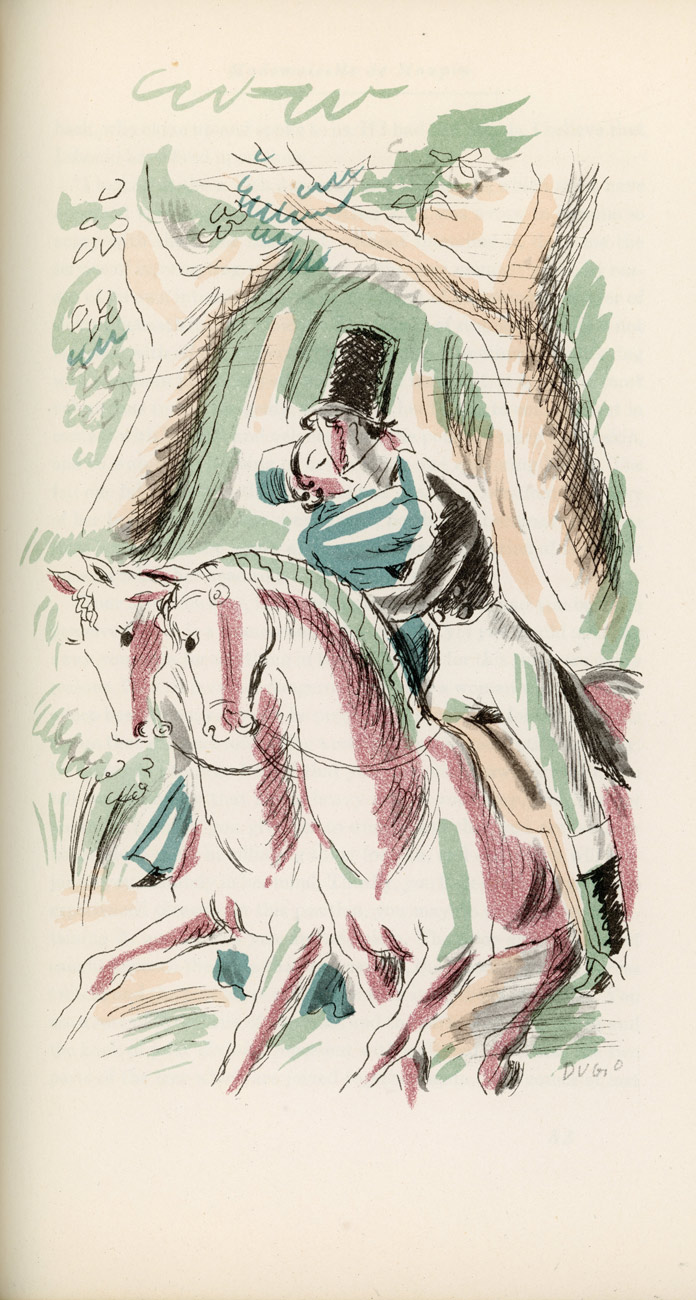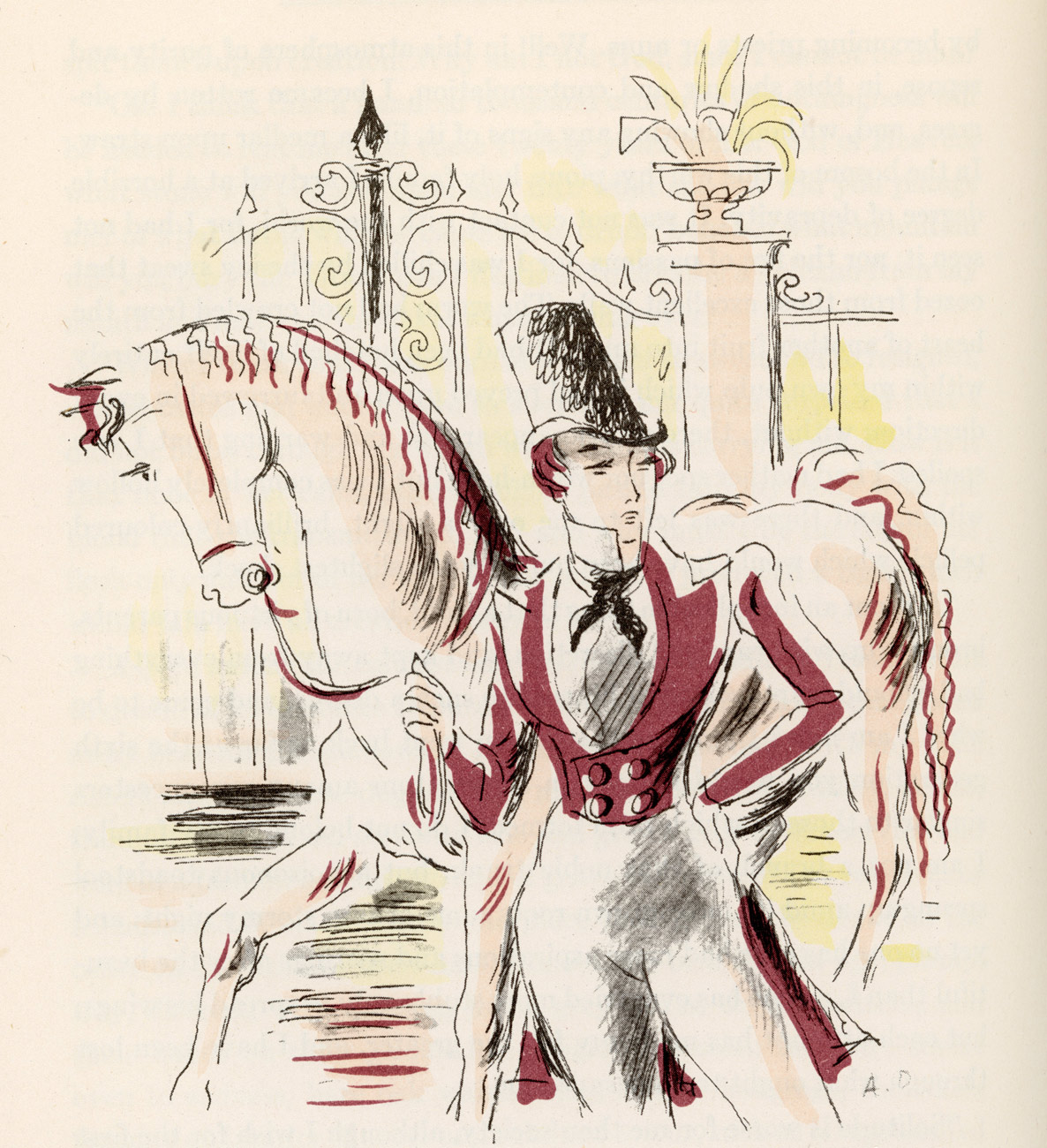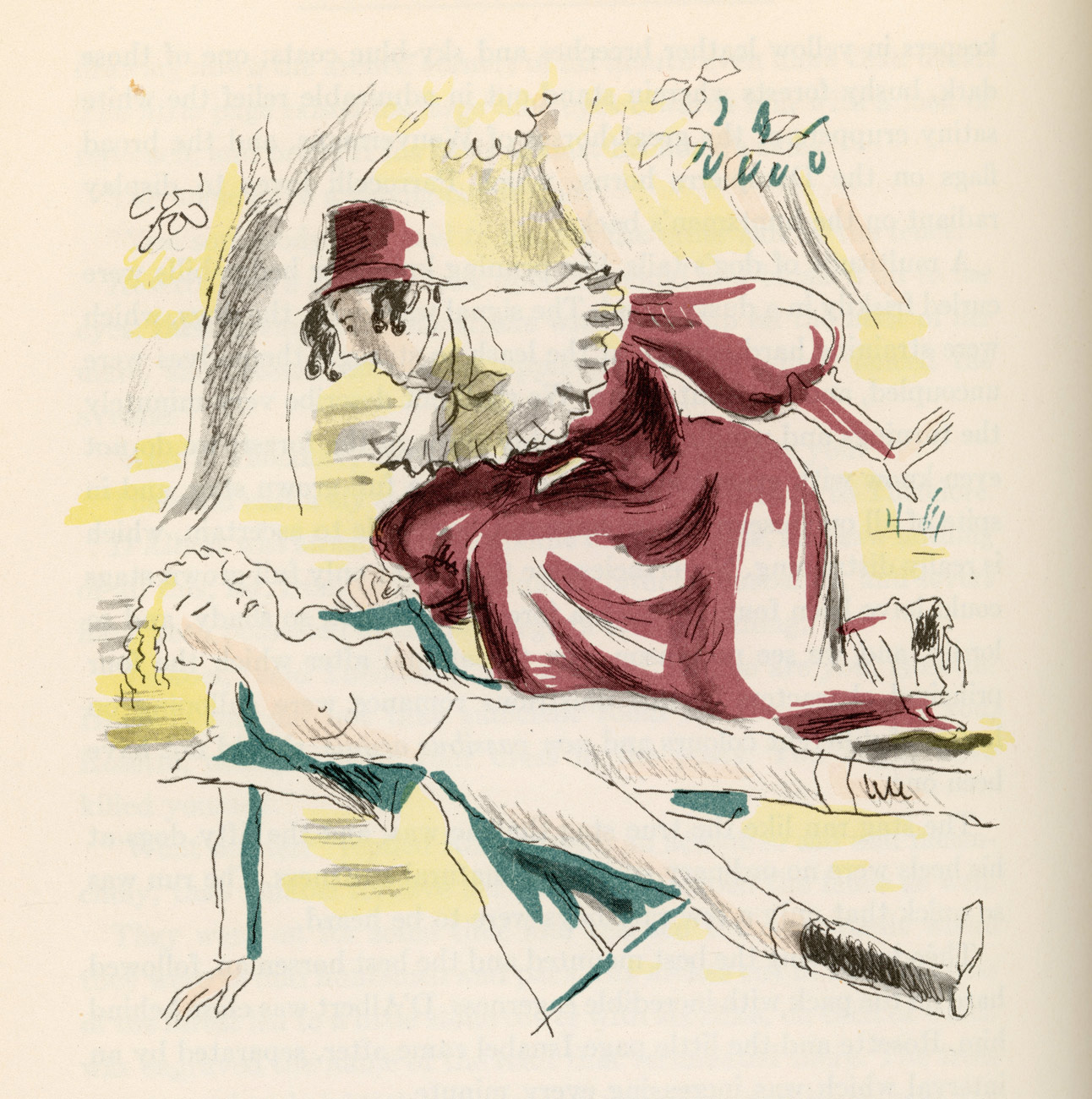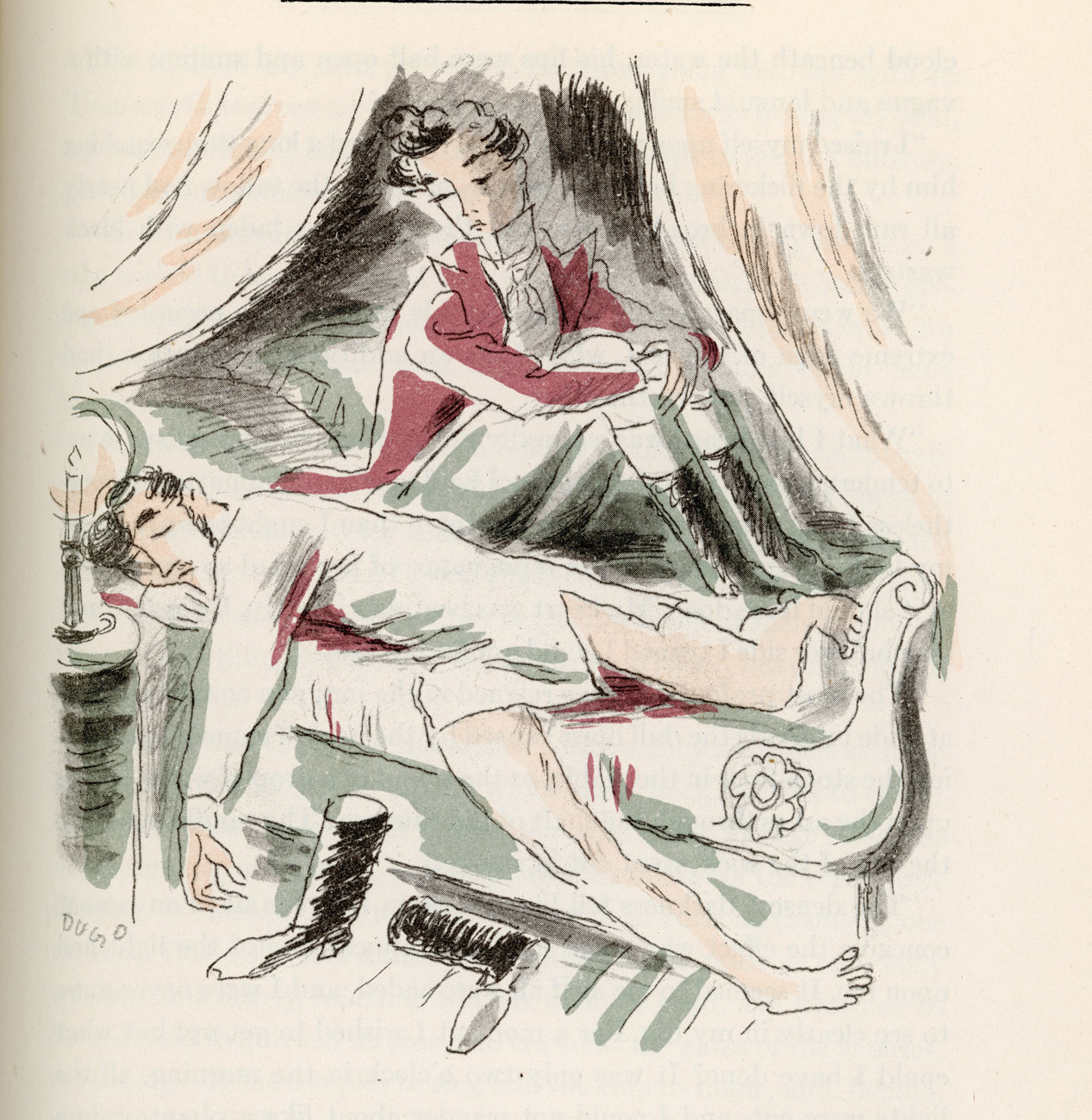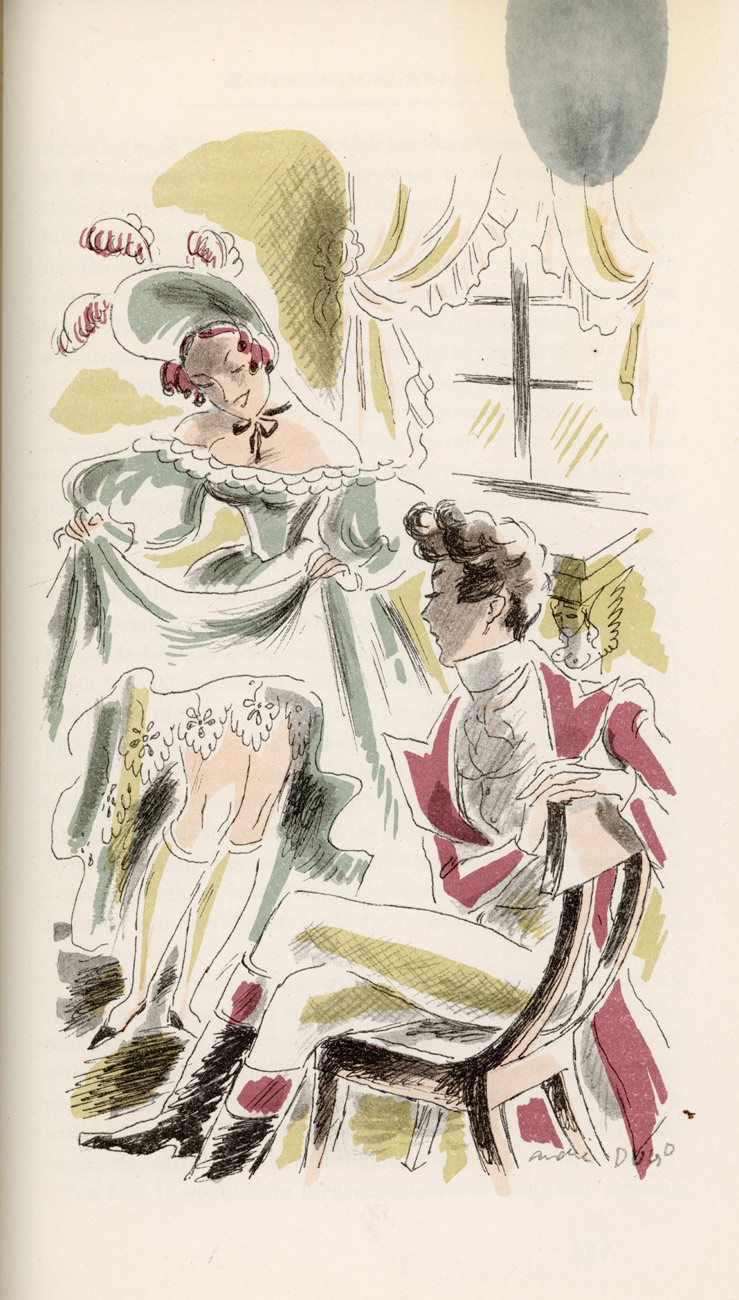The Anzin miners’ strike (French: Grève des mineurs d’Anzin), sometimes known as the great strike of the Anzin miners (French: Grande grève des mineurs d’Anzin), was a long strike of the miners of the mining company of Anzin (“Compagnie des mines d’Anzin”) in 1884 which resulted in the recognition of the unions’ right to strike under the so-called Waldeck-Rousseau law of the same year.[1][2] It brought together more than 10,000 strikers for 56 days and as covered by the press had a national impact. Émile Zola was inspired by it to write Germinal. (Wikipedia)
As an adjective, the word describes the early stages of development, as of an embryonic germ cell, and, by extension, of any system coming into being. It was the name of the seventh month in the French Revolutionary calendar, seen as the start of the Spring quarter, falling between mid-March and mid-April – the period in which Zola’s novel is set.
Beginning with horrific heart-rending depiction of the backbreaking work carried out by starving men, women, and children in dark tunnels so narrow and low as to render their tasks even more prone to injury than the dangers of collapsing openings, Zola shows us how they live, with barely enough income to feed themselves, let alone provide them with adequate clothing in their damp, unheated, homes, lacking even basic privacy in their overcrowded conditions.
The cold, wet, weather plays its part in ensuring that the workers spend their days in skimpy, soaking, garments. Trailing through sloshy mud fit to suck off shoes of those who have any, they drag themselves down the pits when too ill and exhausted to work. Many, especially the children, are killed, or maimed for life.
Even horses who, like small children have to push or tow containers on rails, are subjected to a life underground. When young they are lowered to the darkness in which they will spend decades until their corpses are hoisted hoisted back up in slings. At least the humans blink in the daylight at the end of their shifts when carried aloft in the cages that dropped them down at the beginnings.
The slightest misdemeanour or missing of targets results in docking of already meagre wages.
Zola focusses on one family group and the small community around them, contrasting with the comfortable conditions of the owning families, equally vulnerable to the economics of maintaining the mines.
Despite all this, the miners and their families accept their lot – too afraid the challenge the status quo. Although some manage their homes brilliantly in their circumstances, women in this community accept the often violent ill-treatment by their men. This is one of Zola’s repeated themes.
Promiscuity, adultery, and fornication seems to be the norm where even pre-pubescent sexuality is a main source of relief from grinding oppression.
The young couple who are the main protagonists in this tale respect each other too much to indulge their desires, yet their love remains an important thread.
This is a study of politics and precarious leadership subject to the vagaries of humanity ready, reluctantly to follow an angry, eloquent, character, turning against him when events don’t turn out well. We witness debates for and against direct action while people wrestle with fears of consequences.
Zola’s painstaking research gave him real insights into the processes, details of the operation of machinery, and the underground labour, such that one would feel he had lived the life. His descriptions of the environments, the terrain, the personalities, and their thought processes are crafted with care.
The action sequences are thrilling, often intense, and move appropriately at a fast or slow pace. The prose is as fluid as ever with conversations convincingly conveyed.
These illustrations by Berthold Mahn capture the mood of the book with insightful sensitivity.
Henri de Montherlant’s introduction is knowledgeable and informative.
I have refrained from further analysis of Zola’s sublime prose, since the sample pages, gathered together here for ease of reference, give interested readers the opportunity to judge for themselves.
My edition was published in 1942, the year of my birth, only 80 years from the first publication, which puts the conditions in stark perspective.
While I was working on this, Jackie and Ellie were having fun. Regular readers will know that our great granddaughter has an acute ear for music, repeating tunes and swaying accordingly.
She also enjoys listening intently to the ticking of a clock, sometimes having one in each ear.


As Jackie has shown in these pictures, she turns her back in order to concentrate without interruptions.













































